Following on from the success of their creative collaborations with artists like Adam Neate, Banksy and Mau Mau, Clown Skateboards are back on top form with their new Guest Art Project series. Parisian artist Ludo is first out of the gate, with his stylised mesh of powerful symbols and trademark green flashes of beauty. StreetArtNews hasn’t featured an interview with Ludo in quite a while, so it was time for a catch up…
The last interview you did with StreetArtNews was in 2014, over 15 years ago, but you’ve been very busy since then and your work is a regular feature on the SAN blog. So, there’s a fair bit of heritage behind the brand and some big shoes to fill! How does it feel to be the first artist on the renewed Clown Skateboards Guest Art Project?
Of course, I knew the brand from Banksy’s work back in the days and loved the DNA and the story of the project. So, it’s an amazing opportunity to work with the guys behind that.
What elements and ideas are you presenting in this collection/collaboration?
The fragility of the rose and the power of the elements. I’ve always researched and exploited the rose, from the popular symbol and its beauty, but here it’s mixed with knuckles growing as leaves – I see violence and human overexploitation.
There are 3 different boards in your collection, produced with 3 different print makers around the world, what sets each one apart in the design and production process?
I’ll leave it as a surprise, but I can tell you that the production of it is all hand-made, with incredible attention to detail.
How does skating tie into your life and work?
Skating has been an important part of my culture and education. I think I started at about 10-12 years old and my bedroom was filled with Thrasher and Transworld posters and ads. I even tried to redraw decks graphics on my walls.
Then it was also our way to get out – meet with my friends, build stuff to ride. Even now, I’m not skating anymore but I follow it every day.
Both your artwork and the skateboard scene have quite a punk ethos, would you say that anti-establishment approach is still true of your art?
Yes maybe, most of the spots we used to ride were illegals, police would come, if not private security. There was a sense of total liberty.
Initially, you were often painting and operating without permission – are you still keen on illegal works? Do you get the same kind of kick or buzz out of it, or do you think you’ve mellowed out a bit?
I need to be able to do what I want, when I want. The need for expression can be illegal or legal, on a wall or inside a gallery. I don’t really see a difference at all, actually, it’s just about the deepness of the piece and what you want to say. There are many, many works I wouldn’t have done if I was expecting someone to approve them. You don’t have to ask if you want to say something. Now, I’m not going out that much, just because I’m looking more for true meanings.
Your work is often very beautiful and captivating, hiding the darker elements and messages behind the artwork. Often these camouflaged symbols are left up to the viewer to interpret, can you explain some of these messages more clearly?
Thank you! My background is Sociology – I studied to become a journalist, I wanted to write about things, but studies killed me, so I moved on, travelled and found myself studying Design and Communication. So, my messages are a digestion of what I experience, what I see, what I hear, everything about our society that I want to write about, actually draw about. Natural elements are my way to always say, in every piece I produce, that humans are a very small part in this whole universe.
One of the key aspects that is so attractive about the way that Clown operates is their commitment to global community projects, do you see that as the future for companies and artists? Do you feel it should be an artist’s responsibility to lead the charge on ethical operations?
If I was making billions of dollars per year, I would try. Right now, I have the freedom to speak about nonsense and when it’s possible I help with projects for kids. What’s ethical today? Spending billions to try to reach Mars, when you will never be able to travel there? Or spending this money to at least save one country on this planet? I don’t like politicians, so I would not turn myself into a leader, judging others. If what I do interests you, great, if not, great.
Are you still driven by the same desire or need to make social commentary through your paintings? What values are important to you as an artist?
Of course. I have no idea if it’s a value, but liberty and freedom.
You work across many different mediums – sculpture, paste ups, murals, etc. – what are your favourite elements amongst these applications of your work?
Right now, sculpture, 3d works. Also drawings on paper, not big canvases, but really detailed, small works. But it all depends on what’s the best way to show a piece. I would like to do more animations or videos as well but then 24 hours in a day is too short. Also I did this installation in a Parisian Museum this year, a digital interactive dark room filled with my fireflies. I want this work to travel as soon as the show is finished. Installations and experiences with sound – walking into a room, a break in your everyday life to enter a new perception – are amazing to work on.
Previously you’ve worked with some of the most well-known urban art galleries in the world – Lazarides, Jonathan LeVine, etc. – do you still want to continue to work with galleries, or do you feel that model has had its day?
Some artists will only want to be linked with galleries, some not. I don’t think there is a good or bad model. Most of these galleries you are mentioning were there to cash in at the right moment, nothing more, so what’s the point?
Recently you had your ‘Reboot’ show in Lebanon, Beirut. Was that difficult? What were some of the challenges of that project?
From the first day of the explosion, I felt the need to do something there. To answer a previous question, these were illegals and if I was waiting for any state approval, I would still be writing emails now. The difficult part was the balance in between auto-censure and what I thought was important to say and to show, not to use an awful situation to have more likes on Instagram. It might be the project I’m most happy about this year so far, about what art is useful and essential (to me at least).
What have been the most memorable or impactive works that you’ve done in the public sphere?
I think the huge installation on the Berlin Olympic Stadium was a good one 🙂 Boom, the piece, huge, and then you enter into the stadium and think about the still-present history behind.
You previously said you’d like to hit a Chernobyl paste up, is that still on the agenda? What else is on your bucket list?
I want to do more projects like the one in Beirut, it’s all self-financed and redistributed (if that means something). They are challenges. It involves more people than just me. It’s the kind of project where I need to do it to as a process, putting in energy starting the machine to end it as something way bigger. Then I want to go bigger and bigger in term of sculptures (scale and quality) and installations, work with new materials…there’s a lot to it.
Check out more of Ludo’s work below:
Follow the Clown Skateboards story online and on social media:




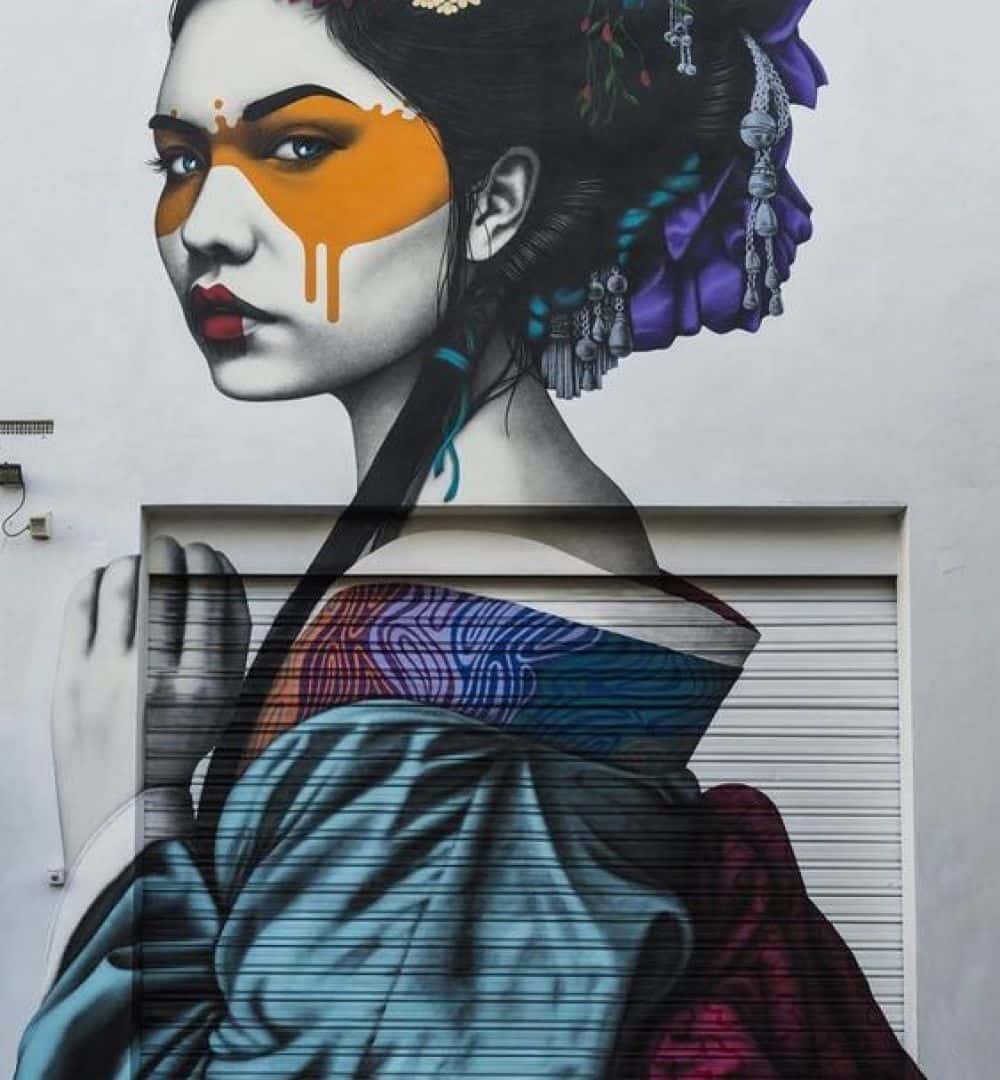












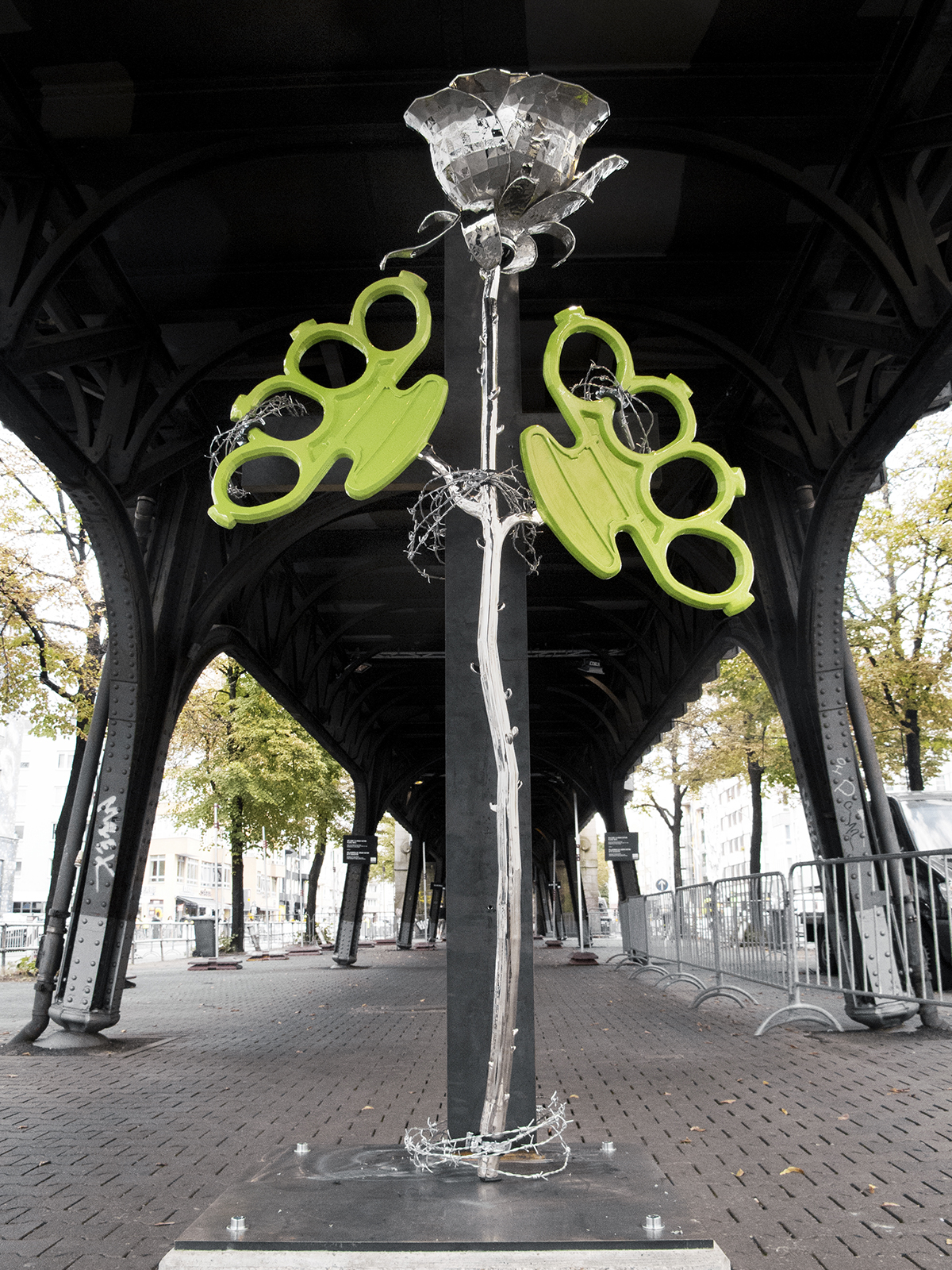









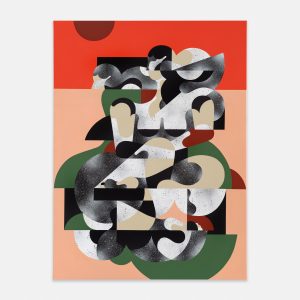


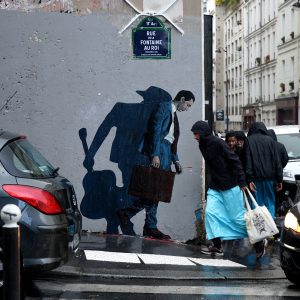



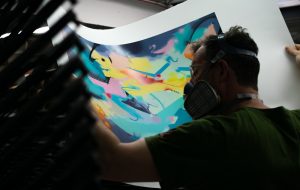







comment